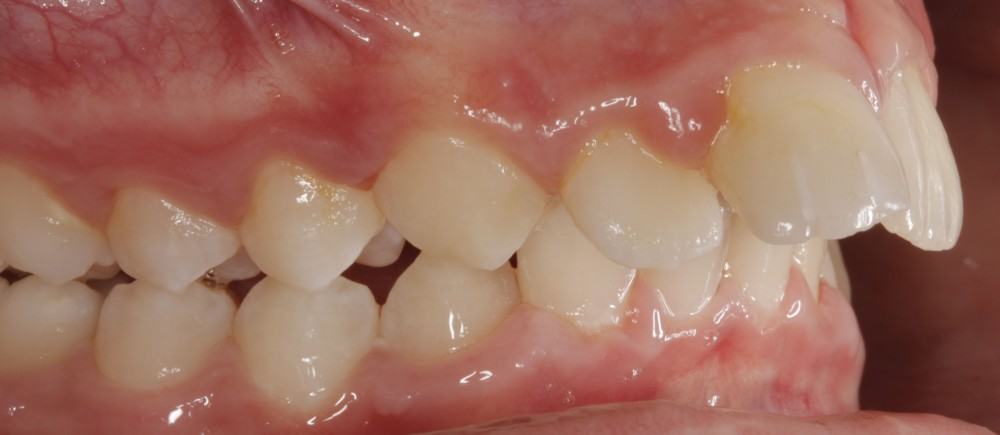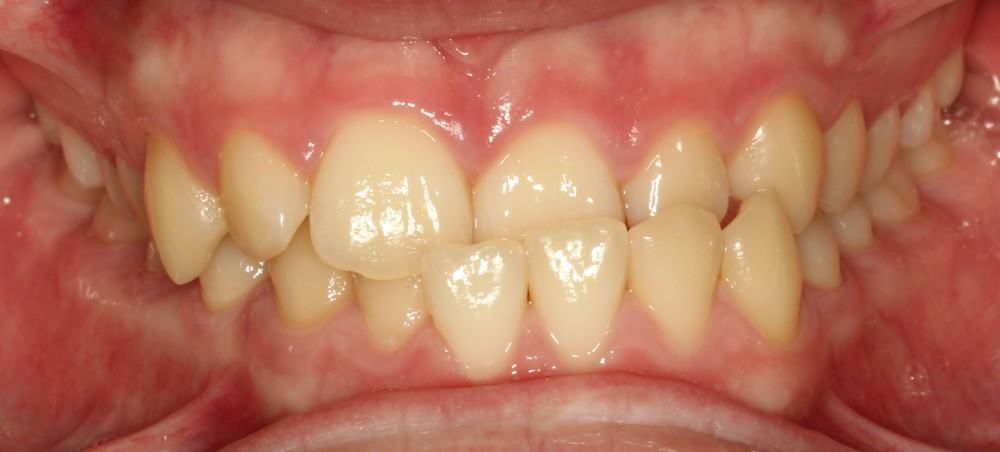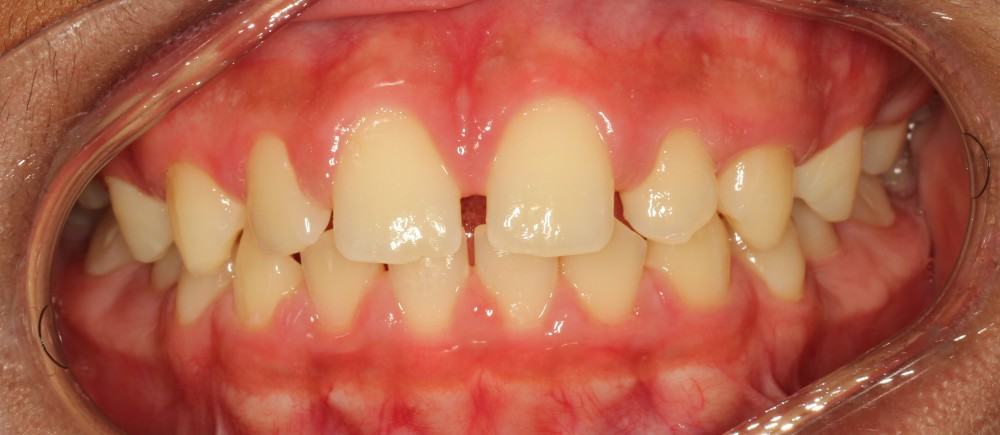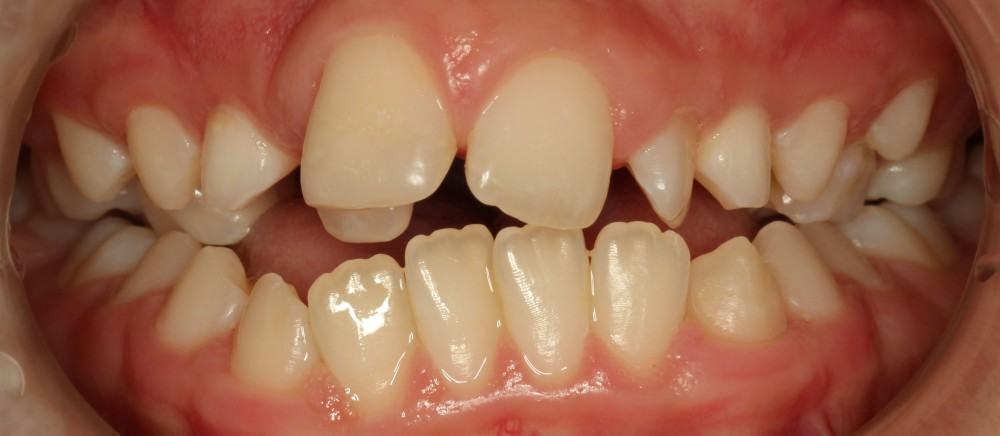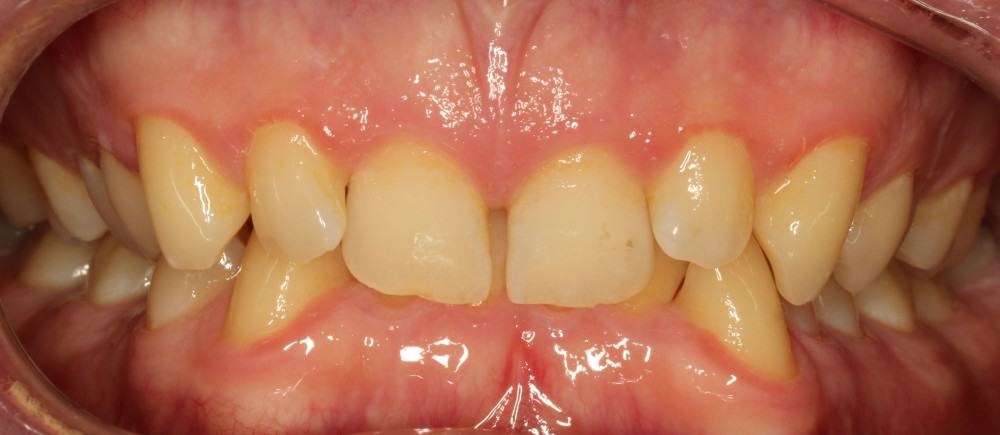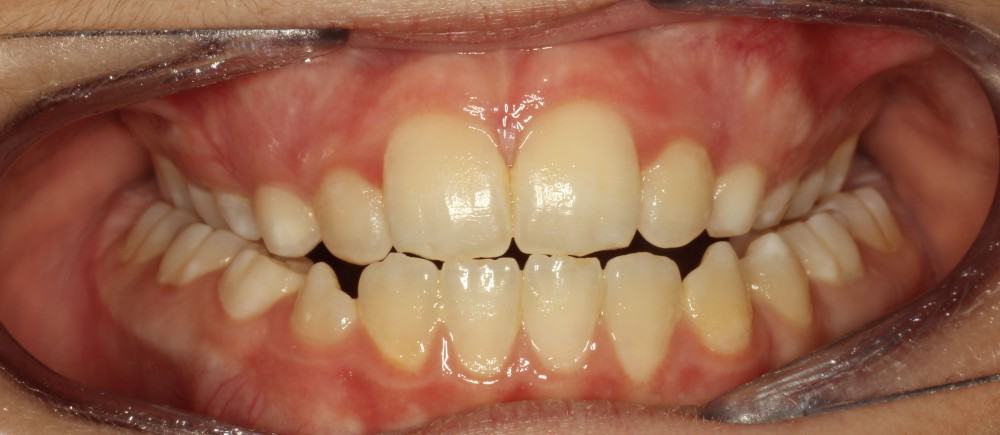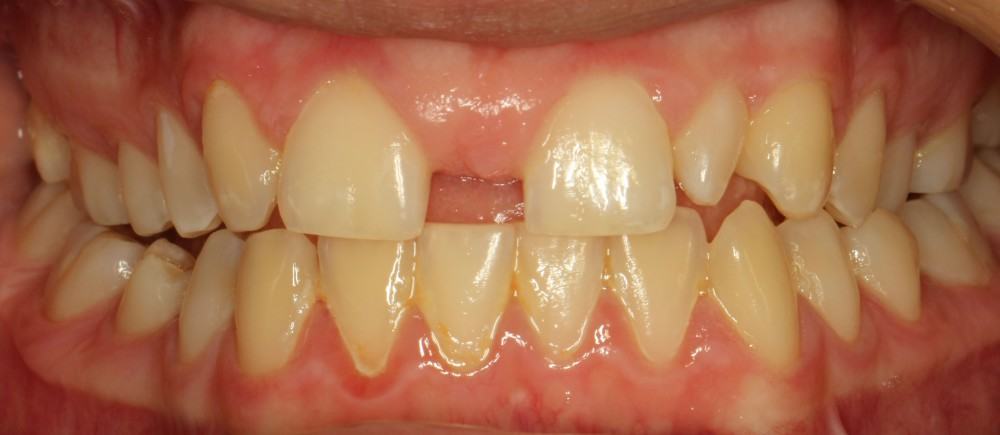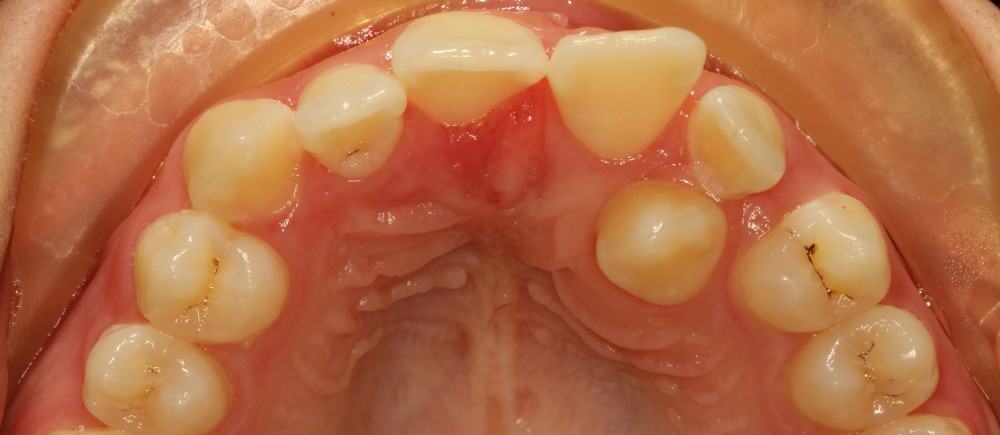Orthodontic Problems
Crowding
Crowding is one of the most common orthodontic problems. When there are too many teeth or the teeth are too large for the size of the jaws, crowding can occur. The causes of crowding can be many and varied. Early loss of primary teeth or habits such as thumb sucking are known be a cause of crowding. Consequences of crowding can be unattractive smile, difficulty brushing or flossing, uneven tooth wear and gingivitis. Orthodontic treatment is needed to correct crowding and this can be preformed with braces or invisalign.
Overjet
Overjet is another common orthodontic problem. It refers to protruding upper front teeth where they sit much further forward than the bottom front teeth. Having a large overjet can result in an increased risk of trauma to the front teeth especially in children that play sport. In some cases, the overjet can be so severe that it is difficult to close the lips together or the lower teeth can bite against the gums behind the upper front teeth resulting in pain and gum recession. Treatment usually involves braces or a functional appliance.
Underbite
An underbite is where the lower teeth sit in front of the upper teeth when biting. This may be due to crowding or a larger lower jaw. Underbite can cause jaw pain, tooth wear and aesthetic problems. In mild cases, orthodontics alone is usually enough to correct the jaw relationship.
Spacing
Spacing between the teeth can result from smaller than average tooth size or missing teeth. Normally smaller spaces can be closed with orthodontic treatment alone. Abnormally small teeth may need ‘buildups or restorations’ to restore them to a normal size.
Openbite
Openbite is when the front teeth do not touch when biting. Causes of openbite include habits, abnormal growth of the jaw bones, large tongue and arthritis in the jaw joint. Treatment is dependent on the cause and severity of the openbite and can range from simple orthodontic treatment or possibly jaw surgery in extreme cases.
Deep Bite
Deep bite refers to the vertical overlap of the front teeth. Normally the front teeth overlap 2-3mm, however in some cases such as the picture here, the overlap can be complete or 100%. In some cases the lower front teeth can ‘bite’ into the roof of the mouth causing gingival recession and pain. Treatment involves moving the teeth vertically or opening the bite using acrylic plates so that the front teeth bite in a normal relationship.
Crossbite
This is where the upper jaw bites inside the lower jaw. Often crossbite is caused by the upper jaw being too small in width, however, the lower jaw can be too wide for the upper jaw also. Crossbites in growing children can cause problems with the relationship of the upper and lower jaw, chin deviation, problems eating, pain and excessive tooth wear. Treatment usually involves an expansion plate.
Missing Teeth
Missing teeth is another common orthodontic problem. Treatment is dependent on the particular tooth/teeth missing and the space left behind by the missing tooth. Often the treatment decision is either to replace the missing tooth with an implant or bridge or to close the space orthodontically with braces.
Impacted Canines
Impacted canine is where the canine tooth emerges in the roof of the mouth or is impeded from erupting altogether. The cause of this is usually genetic.
A good time to assess for impacted canines is around 10 years of age and prevention is the best treatment option available. If an impacted canine is identified, often it must be ‘exposed’ by an Oral Surgeon in order for the Orthodontist to move the tooth into the desired position.


